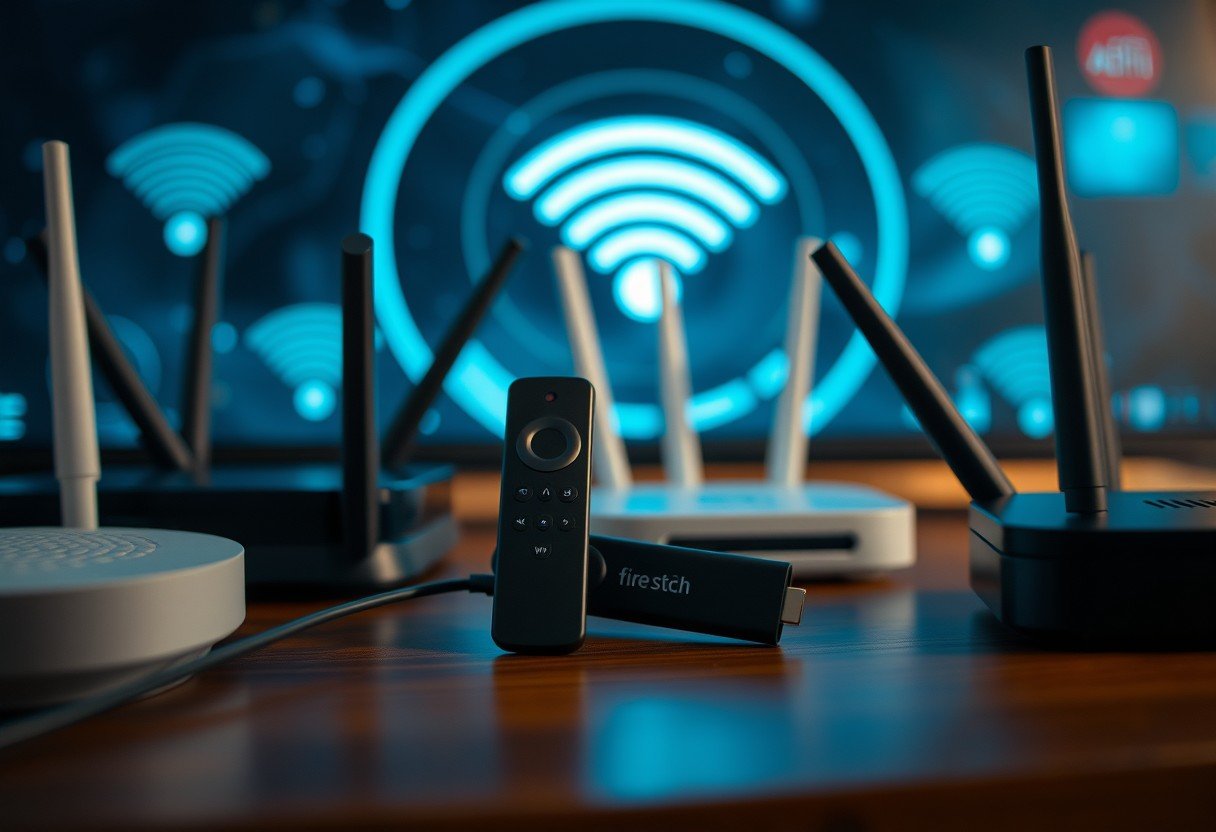It can be confusing and frustrating when your phone’s volume seems to have a mind of its own. This automatic adjustment is often a deliberate feature, designed to improve your experience by adapting to your environment, connected devices, or specific apps. However, it can also be caused by software glitches or settings you may not be aware of. Understanding why this happens is the first step to regaining full control over your device’s sound.
Why Smart Features Adjust Your Volume for You
Modern smartphones are packed with intelligent features that aim to make your life easier. Many of these work in the background, including those that manage audio. While designed to be helpful, they can sometimes lead to unexpected volume changes.
Your phone may be using its microphone to sense the noise level around you. This feature, often called Adaptive Sound or a similar name, automatically increases the volume in a noisy environment and lowers it in a quiet one. This ensures you can always hear your calls or media clearly without having to constantly make manual adjustments.
Another key area is accessibility. Settings designed for users with hearing impairments can sometimes manage volume levels to enhance clarity and protect hearing. These features are incredibly useful but can be mistaken for a glitch if you’re unaware they are active.
Here is a quick look at common features that control volume automatically:
| Feature Name | What It Does | Common Location |
| Adaptive Sound | Changes volume based on environmental noise. | Sound & Vibration Settings |
| Do Not Disturb | Silences or lowers volume during set times. | Quick Settings or Sound Menu |
| Bluetooth Absolute Volume | Syncs phone volume with a connected Bluetooth device. | Developer Options or Bluetooth Settings |
Finally, voice-activated smart assistants like Google Assistant or Siri can change volume settings. If the assistant mishears a command or is triggered accidentally, it might adjust the volume based on what it thought it heard.
The Impact of Connected Accessories
The accessories you connect to your phone play a huge role in how it manages sound. Bluetooth speakers, headphones, and even wired earbuds can all trigger automatic volume adjustments.
When you connect to a Bluetooth device, your phone often remembers the volume level you last used with that specific accessory. When you reconnect, your phone automatically adjusts to that saved volume level, which may be different from your phone’s current setting. This can make it seem like the volume changed on its own.
Connectivity issues can also be a culprit. If a Bluetooth device is frequently disconnecting and reconnecting due to being out of range, your phone’s volume might fluctuate with each change in connection status. Similarly, a damaged or not fully plugged-in wired headphone jack can confuse your phone, causing it to rapidly switch between audio profiles and alter the volume in the process.
How Your Apps Can Take Over Volume Controls
Sometimes, the source of the problem isn’t your phone’s system settings but the apps you are using. Many applications, especially those focused on media, have their own built-in volume controls that can override your main system settings.
Think about apps like Spotify, YouTube, or Netflix. They often manage volume independently to provide an optimal listening or viewing experience. When you open one of these apps, it might adjust the volume to a preset level or the level you last used within that app. Then, when you close it, the volume may not return to its previous state, leaving you confused.
Furthermore, some third-party apps can run in the background and interfere with your sound settings. These could include:
- Equalizer or sound booster apps
- Voice assistant applications
- Gaming apps with immersive audio features
It is crucial to review the permissions you have granted to your apps. If an application has permission to modify system settings, it might be the reason for your unexpected volume changes. Checking and managing these permissions can often solve the issue.
System Modes like Do Not Disturb
Features like ‘Do Not Disturb’ (DND) or Sleep Mode are designed specifically to silence your phone, but their behavior can sometimes be misinterpreted. When these modes are activated, either manually or on a schedule, they automatically lower or mute your ringtone and notification volumes.
In many cases, these modes can also affect your media volume. For example, your phone might be set to silence all sounds, including music and videos, when DND is enabled overnight. If you forget the mode is active, you might wonder why your media volume is suddenly so low or completely muted.
You can customize Do Not Disturb settings to control exactly what gets silenced. You can typically choose to allow calls from specific contacts or let media sound play while still silencing notifications. Exploring these settings will help you tailor the feature to your needs and avoid surprises.
Simple Troubleshooting Steps to Regain Control
If you’re tired of your phone’s volume acting on its own, there are several straightforward steps you can take to diagnose and fix the problem. These quick fixes resolve the most common software-related causes.
Start with the basics before assuming there’s a major issue. Often, a simple settings tweak or a restart is all that’s needed to get things back to normal.
Here is a checklist of solutions to try:
- Check Your Sound Settings: Go to your phone’s sound or accessibility settings and look for any features like “Adaptive Sound” or “Smart Volume.” Try disabling them to see if it solves the problem.
- Restart Your Device: A simple reboot can fix temporary software glitches that might be causing the volume to fluctuate.
- Update Your Operating System: Make sure your phone’s software is up to date. Manufacturers often release updates that fix bugs, including those that affect volume control.
- Forget Bluetooth Devices: In your Bluetooth settings, “forget” all connected audio devices. Then, reconnect them one by one to see if a specific device is causing the issue.
- Review App Permissions: Check which apps have permission to change your system settings and revoke access for any that don’t need it.
When You Should Suspect a Hardware Issue
After you have tried all the software-based solutions, if the problem persists, it may be time to consider a hardware malfunction. While less common, physical issues with your phone can cause random volume adjustments.
The most likely culprit is a faulty or sticky volume button. Debris or internal damage could cause the button to make contact without you pressing it, leading to the volume going up or down randomly. You might notice this happens more when you pick up or move your phone.
Another possibility is damage to the internal audio components or the headphone jack. If you’ve exhausted all other options, seeking professional help is the best course of action. A certified technician can properly diagnose the issue and determine if a repair is needed, preventing you from causing further damage by trying to fix it yourself.
Frequently Asked Questions about Phone Volume
Why does my phone volume go down by itself during calls?
This is likely due to a feature called Adaptive Sound, which adjusts call volume based on the noise in your environment. It lowers the volume in quiet places to make it more comfortable and raises it in loud places so you can hear.
Can I completely stop my phone from changing volume automatically?
Yes, you can usually disable features like Adaptive Sound or Smart Volume in your phone’s settings menu, typically under “Sound & Vibration” or “Accessibility.” You should also review your Do Not Disturb settings to ensure they aren’t activating on a schedule.
Could a specific app be causing my phone’s volume to change?
Absolutely. Media apps like Spotify or YouTube often manage volume independently. Additionally, equalizer or game apps running in the background can override system settings. Check your app permissions to see which ones can modify audio settings.
Why does my volume change when I plug in or unplug headphones?
Your phone has separate volume profiles for its internal speaker, wired headphones, and Bluetooth devices. It automatically switches to the appropriate profile and its last-used volume level when you connect or disconnect an accessory.
Is a random volume change a sign of a virus?
While it is extremely rare, malware can theoretically interfere with phone functions. However, the cause is far more likely to be a software setting, a conflicting app, or a hardware issue with the volume buttons. Always start with standard troubleshooting before suspecting a virus.








Leave a Comment